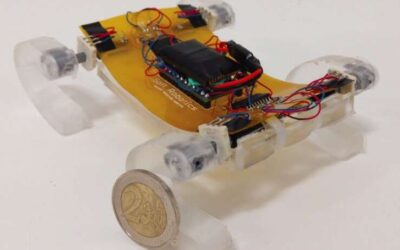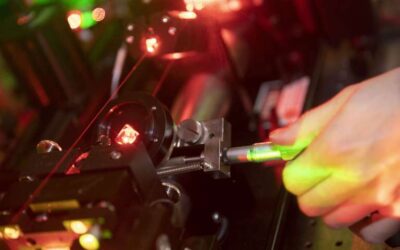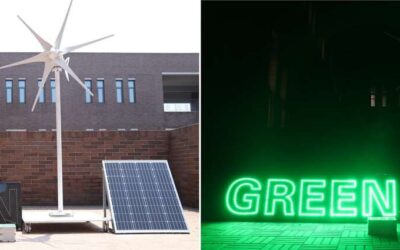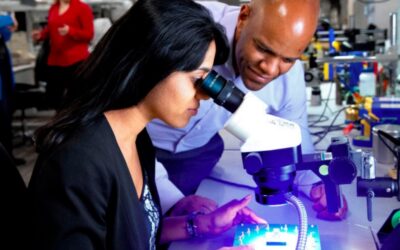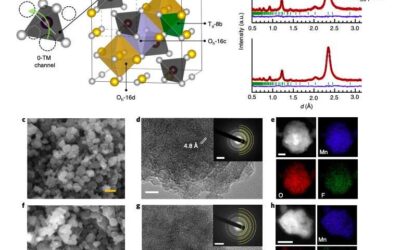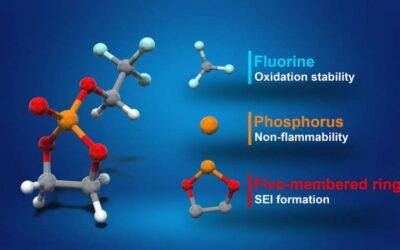Researchers at Bilkent University in Turkey have recently created a small quadruped robot called SQuad, which is made of soft structural materials. This unique robot, presented in a paper published in IEEE Robotics and Automation Letters, is more flexible than...
Engineering
The realization of a 1-D magneto-optical trap of polyatomic molecules
Researchers at the Harvard-MIT Center for Ultracold Atoms have recently demonstrated a one-dimensional (1-D) magneto-optical trap (MOT) of polar free radical calcium monohydroxide (CaOH). This technique, outlined in a paper published in Physical Review Letters, was...
A new material to print mechanically robust and shape-shifting structures
In recent years, 3-D printing has opened up interesting new possibilities for the large-scale production of electronic components, as well as of a variety of other objects. To this end, research teams worldwide have been trying to create materials and structures that...
Stephanie Slocum, Founder of Engineers Rising, Outlines the Challenges Faced by Women in Engineering
After working in the construction industry for over a decade, Stephanie Slocum founded a company with the mission of helping women to best navigate difficulties they might face while pursuing a career in engineering. In this interview with Electronics Point, she...
A design strategy to produce stable and high-energy aqueous zinc-manganese dioxide batteries
The global demand for rechargeable batteries has grown exponentially over the past decade or so, as they are needed to power the increasing numbers of portable electronic devices such as smart phones, laptops, tablets, smart watches and fitness trackers. To work most...
A new search for axion dark matter rules out past numerical predictions
The ADMX collaboration, a group of researchers working at universities across the U.S. and Europe, has recently performed a new search for invisible axion dark matter using a cavity haloscope and a low-noise Josephson parametric amplifier. Cavity haloscopes are...
An optically driven digital metasurface to bridge visible light and microwave communications
Coding, digital, and programmable metasurfaces are engineered surfaces that can be used to manipulate electromagnetic waves, first introduced by Prof. Tie … s colleagues in 2014. Due to their many advantageous characteristics, these artificial structures have recently...
Is English Still the Universal Language of Electrical Engineering?
A growing number of EEs are based in countries where English is not the first language. That said, is English proficiency necessary to excel in the field?
A strategy to achieve ultrahigh power and energy density in lithium-ion batteries
In recent years, lithium-based batteries have become widely used to power a wide range of electronic devices, including tablets, smart phones and portable computers. These batteries have different compartments, called cells, each of which contains a positive electrode...
A cyclic phosphate-based electrolyte for safe and high voltage lithium-ion batteries
In light of the ongoing shift toward renewable energy technologies and the growing number of Internet of Things (IoT) devices, researchers worldwide have been trying to develop batteries that can operate more efficiently and for longer periods of time. Lithium-ion...

